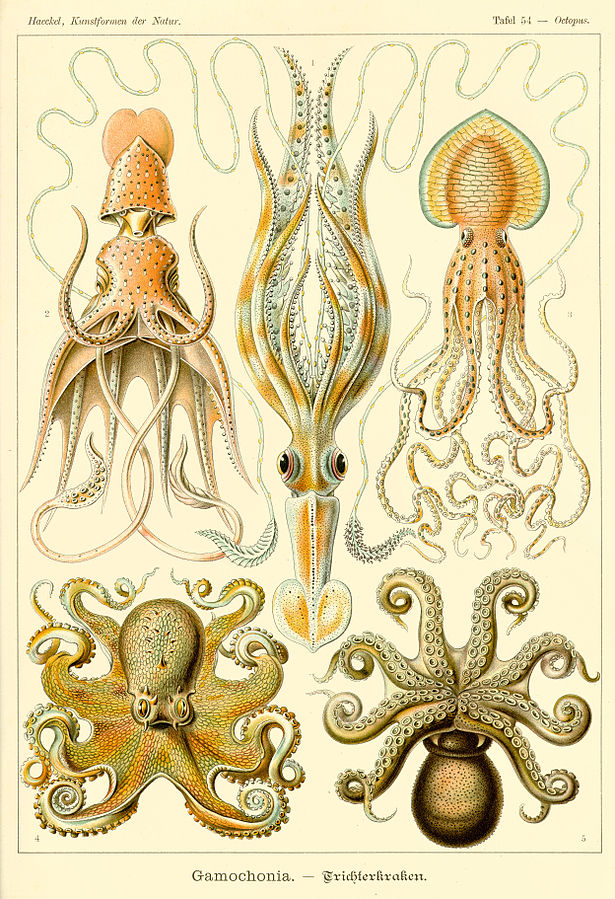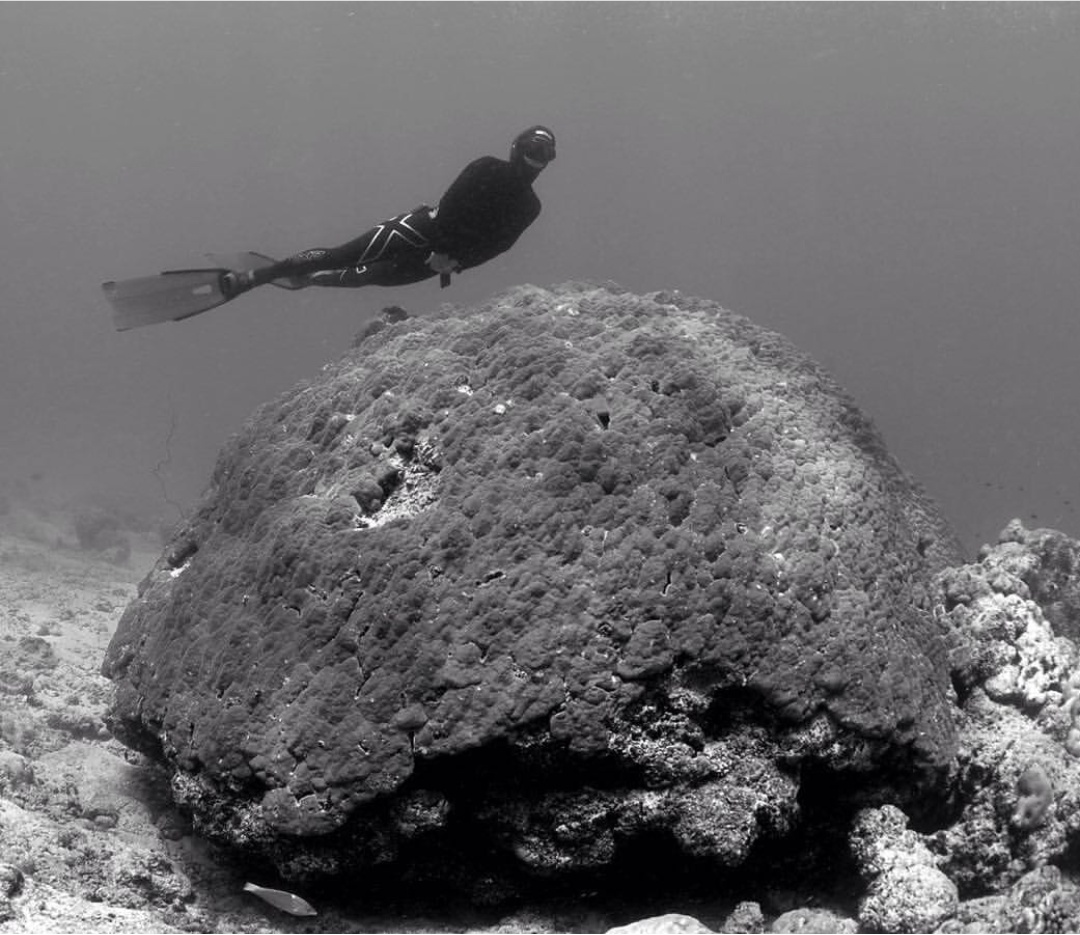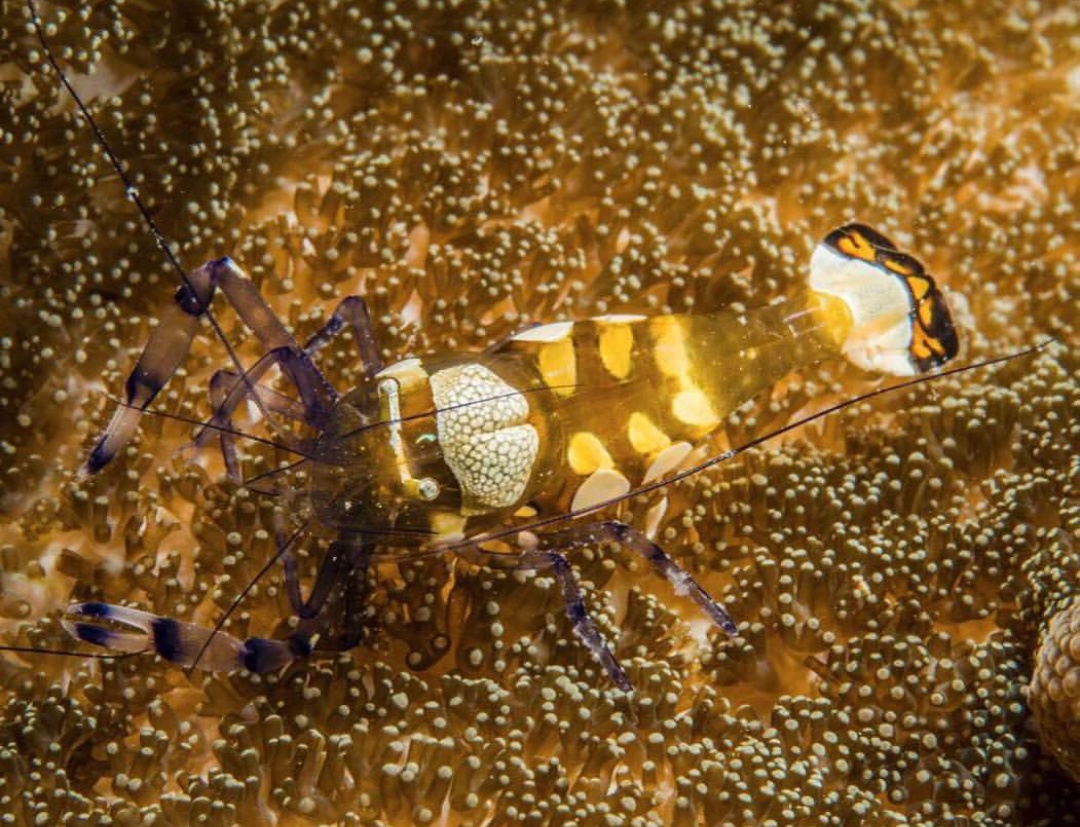
It was sometime around the second week of March when something special had taken place, a big change, in the lives of a pair of false clownfish.
Living at about five meters deep over at Nemo’s reef, with beige-coloured tentacles and a pinkish-purple base, sat a magnificent sea anemone. Everything in the anemone appeared to be much the same, the fish couple who lived with it were busy cleaning out the anemone, lapping up its dying tentacles and parasites, while the anemone stood firmly guarding the couple from harm. The anemonefish were constantly swimming through the anemone’s tentacles, as was usual, to help it breathe. The anemone took what the anemonefish pooped and the fish ate what the anemone pooped. Business as usual! And yet something was markedly different in this anemone home.
There was something going on in one corner of the anemone that kept taking the fish pair back there. Was somebody hurt? Were they hiding a stash of food?
No… it was babies!
Attached to a cleared patch of rock under the tentacles of the anemone were hundreds of pairs of eyes on the tops of alien-like bodies, swaying gently in the current. In addition to protecting the anemone and themselves, the anemonefish must now protect their offspring.
They looked to be quite old already, which could only mean that they had been laid about a week before. It would be just a few more days before full moon would approach and larval fish would emerge. This meant focussed and dedicated work for the devoted father who was responsible for their care. While the female continued to take care of the anemone and daily duties, he concentrated on the babies, vigorously fanning the water with his fins, oxygenating, cleaning and doing everything required to make sure they survive. Both parents were invested.
A clownfish once hatched will have to live out its plankton phase until it is ready to find and settle into an anemone of its own and take on the forces of the underwater universe.
As dive professionals we sometimes think twice before talking about certain animals in our pre-dive briefings because we feel divers might find them too common or ordinary to be specifically mentioned. As we grow in dive experience, there is a natural tendency to create a hierarchy of coolness that we set for the marine life that is out there and the animals that we wish to see. Novelty, rarity and massiveness are definitely key factors in how high up in the list animals are positioned, and those that are seen often enough are further down, closer to the more ‘beginner diver stuff’.
There is definitely an appeal is seeing manta rays, sharks and turtles. They are enigmatic, extraordinary and closer to extinction than a damselfish. This extraordinary nature of the marine world, however, does not end here. There are so many phenomenal animals, interactions and communities that occur so commonly, we often fail to really see them entirely. And the loss is ours.
No two reefs or animals or behaviours are exactly the same when seen twice, even the most ordinary of things. That is just how dynamic the ocean truly is. Now you might ask- if there is so much beauty and wonder in the ordinary, why is it that we don’t see it? Perhaps we aren’t looking carefully enough. Perhaps we do not know what to look for. There is no special skill or talent required to do so. The secret is curiosity and patience. Wait, observe and soon, the animals will let you into their extraordinary world.
Text: Chetana Babburjung Purushotham | Video: Umeed Mistry


















